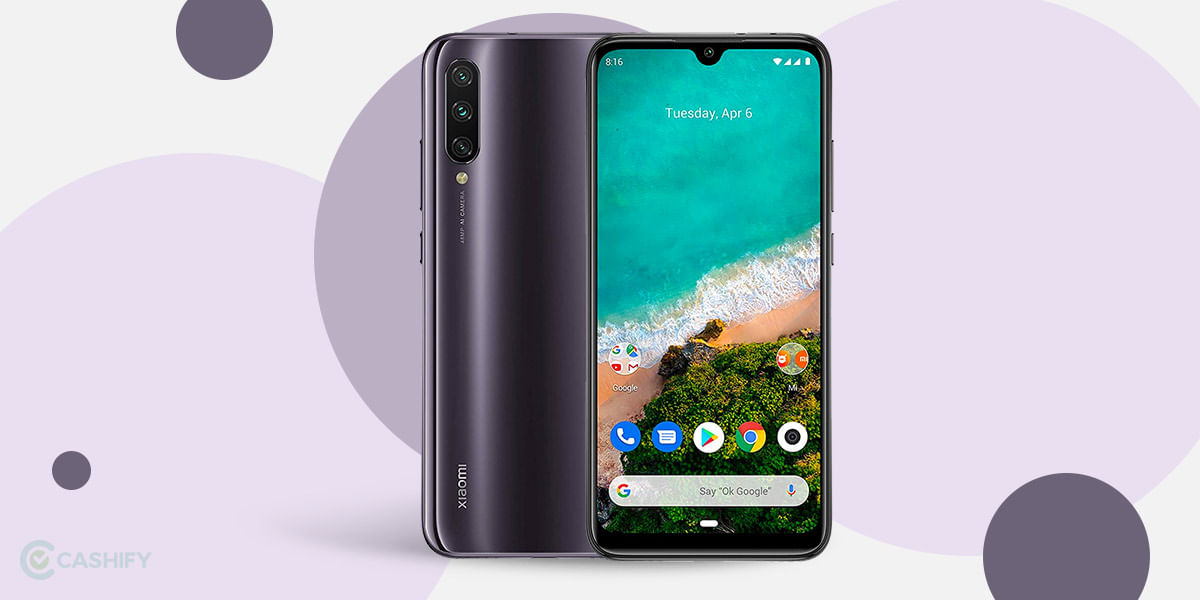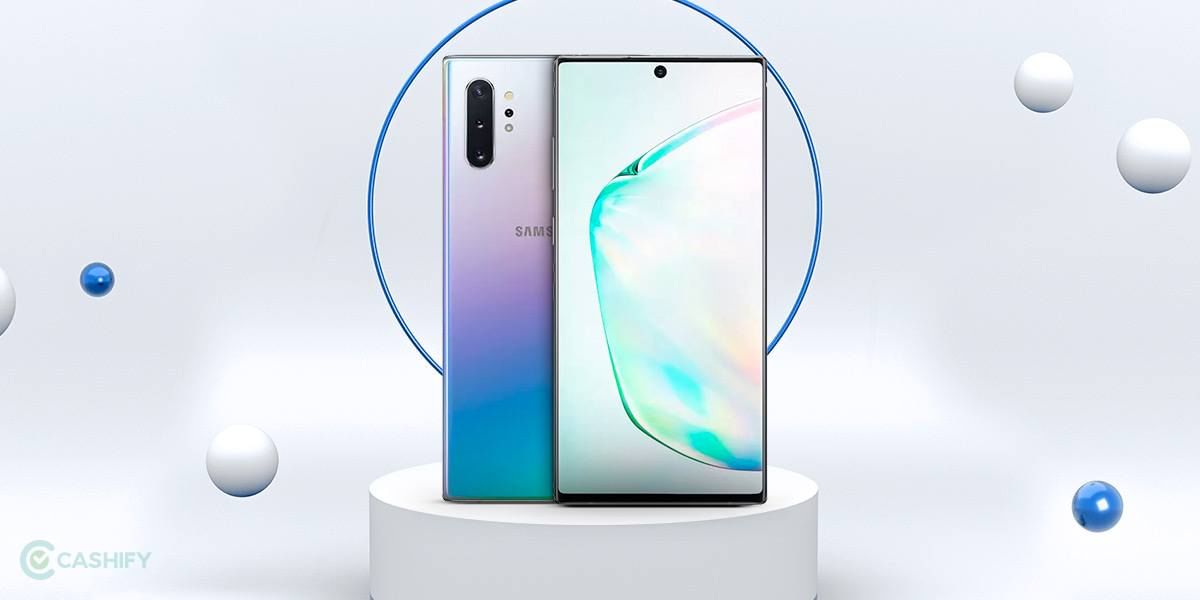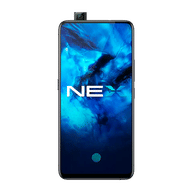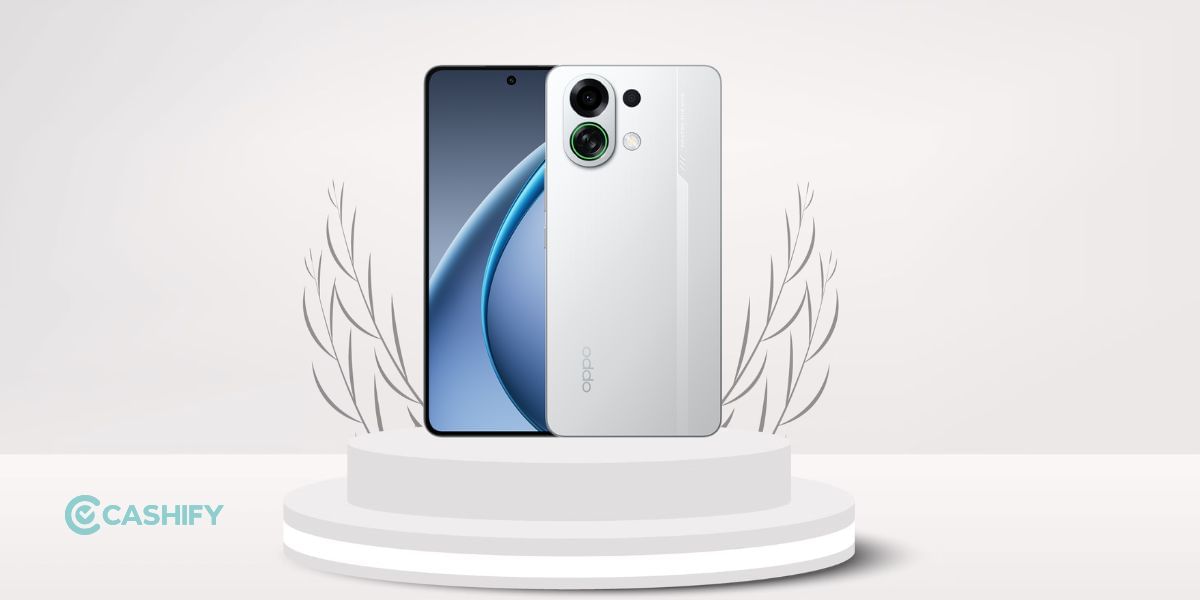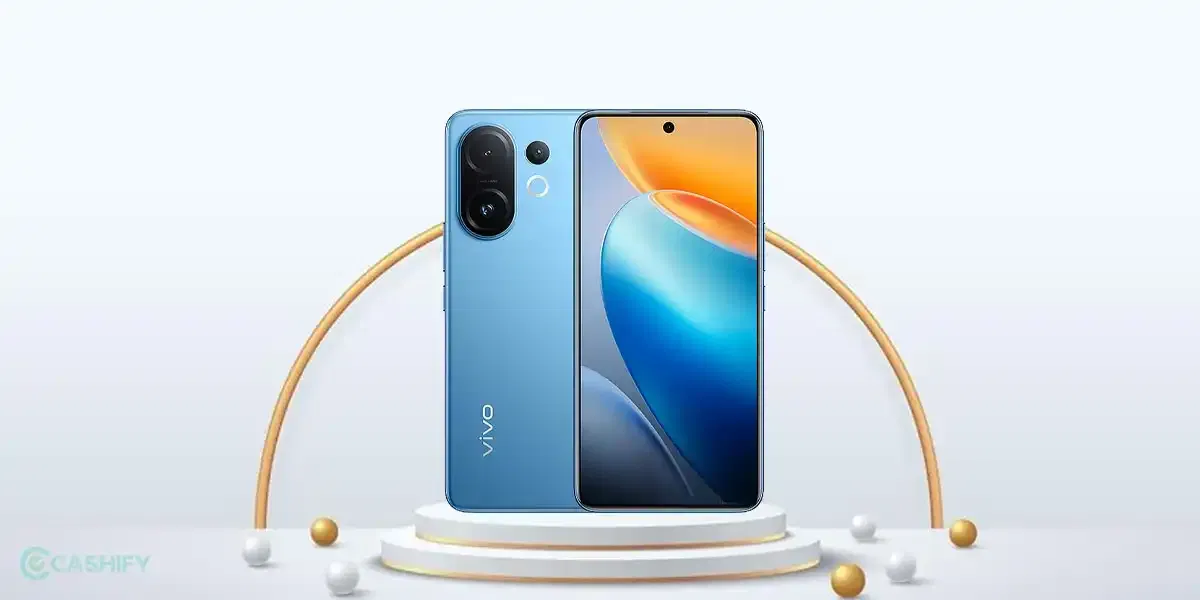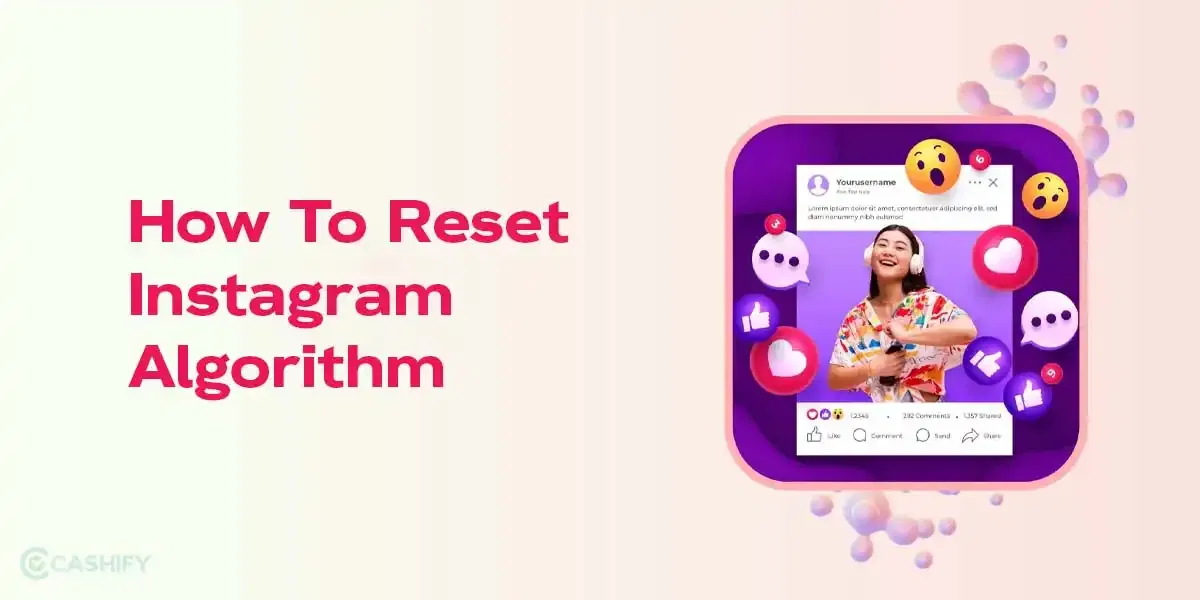Introduction
Six months after the Chinese phone brand Vivo launched its first bezel-less phone, they are here unveiling its sequel, without any waiting. With the first Nex came the pop-up selfie camera allowing the front fascia without any notch or button, but the Nex Dual Display Edition (we like to call it the Nex 2) gets crazier with the second screen on the rear panel. In addition to the nifty dual-display stuff, it is a more capable phone with many useful features: dual SIM support, headphone jack and faster charging with USB-C.
Check out other Vivo phone reviews here!
Price In India, Variants, Availability
Vivo Nex 2 Price in India is expected around Rs. 49,990 for its 10GB RAM and 128 GB internal storage variant. It is to be available in two different colour options in the market: Ice Field Blue, and Star Purple.
Box Contents
The NEX 2 would come in a subtle white box advertising the smartphone itself. Inside the box are the following:
- NEX 2
- Screen Protector (pre-applied)
- Solid Black Case
- Type-C Cable
- Earphones
- User Manual
- USB Power Adapter
- SIM Ejector Pin
Specs at a glance
- DISPLAY: 6.39-inch 2340 x 1080 pixel Super AMOLED front screen and 5.49-inch 1920 x 1080 pixel Super AMOLED rear screen
- CPU & GPU: 845, Adreno 630
- RAM & Storage: 10GB, 128 GB storage
- Rear/Selfie Camera: 12-megapixel rear camera, 2-megapixel depth camera, ToF camera
- Battery: 3500mAh battery
Design and Build Quality
The Vivo Nex DDE is so fun to watch and grab from the box. It has an almost perfect weight balance, which is impressive considering you have a little extra hardware inside. It feels solid: not too heavy and, at the same time, not too thin.
The NEX DDE utilises the same glass-metal-glass sandwich, but this time it is also a screen-metal-screen. The aluminium frame is now more responsible for keeping things together and providing structural integrity to the entire phone. Fortunately, there isn’t much around its edges, the volume rocker and power button on the right, the Vivo’s “Zovi” AI assistant button on the left, the USB-C port SIM card tray and speaker grille on the bottom, and, thankfully, the headphone jack on the top.
While the NEX Dual Display Edition is certainly comfortable to hold, there is a constant fear that the device is always on the screen, whether on its face or its back. Since you can’t make a case for it, the transparent case also makes the rear screen untouched, so the Vivo shifts the bumper instead, protecting the edges and providing a buffer between the screen and the impact point. The bumper matches the colour of the phone.
Display
Now we come to the flesh of the Vivo Nex DDE. The original is not there yet. While the screen on the back is undoubtedly the Pies de Resistance, the front and main screen are just as important. After all, most consumers interact most of the time. Be prepared to take a “selfie” without ever having to turn away unless you want to live behind the scenes.
Fortunately, the front screen is bright, spirited, and, most importantly, filled. In terms of bezel-less design, it is similar to the Vivo Nex S, and it is gorgeous. There is still some bezel from the necessity and limits of manufacturing. Unlike the ZTE Nubia X, the first of its kind with dual screen-play, the Vivo uses an AMOLED panel on both sides.
The lack of bells and whistles is beautiful but almost dull in its minimalism. They have no sensors here, and the only thing that breaks its face is the almost invisible speaker with a cleft at the very top. Other than that, the face of the Vivo Nex DDE is flawless, like the right face for a selfie.
In contrast to the quiet serenity of the front, the rear of the new NEX is very busy. All the action is here. That means triple (yes, triple) cameras and a 5.49-inch 1920 × 1080 16: 9 AMOLED screen. We deal with the previous ones.
That second screen is perfect for helping create the perfect selfie, which is a full-fledged simple touch screen. As mentioned, you can also live on this side of the phone if you don’t mind the low resolution and small area. You can easily switch between two screens by pressing a button, usually by the Jovi button by default. When you flip, the power rotates as well, so that no matter what side you are on, the left is always on the left. Alternatively, you can also press two buttons at once if you find it too confusing.
However, there is one thing that may not entirely live on the back. Vivo calls it the Lunar Ring, and its design and notification gimmick, for better or worse, feeds off the back screen. Above the screen, it is the LED arc that surrounds the two main cameras. However, the arc continues to pop up to form a full circle. To pay attention to notifications or to shine the light on your face with selfies, the Lunar Ring shines with dramatic flair. This is only thanks to some fancy glass design, but the nature of it always makes it less suitable for use on that side for a long time.
As for the screens, the back having the same AMOLED panel is just as exciting as the front. However, when it is off, it is clear that it is not the same as the frame around it. At the same time, the Google Pixel Dual-Color Vibe may not be so bad, depending on your aesthetic tastes. That second screen also serves as a second game controller, Vivo promised. Imagine playing a game on the front screen when some controls are on the back screen.
Performance
The Vivo Nex 2 is powered by the Qualcomm Snapdragon 845, like all heavyweights these days. It’s paired with 10GB RAM, which is one of the first to have more RAM than you need these days. There is 128 GB of storage, and you don’t get any other configuration or microSD card slot. In other words, it’s the phone’s a beast in terms of performance.
Software
The Vivo Nex Dual Display Edition is one of the only smartphones that ship with the Android 9 Pie already installed. Of course, this also means that Vivo’s FunTouch OS customisations are above it. International versions of the device, as we have for review, also get the Google Play Store. There is not much bloatware on this specific unit, and we hope the Chinese version stays the same.
Cameras
While the second screen is the most attractive feature of the Nex DDE, it is only in the service of smartphone cameras. The phone has been specifically designed to avoid the notch problem and, at the same time, allow users to take selfies with the same capable lead cameras they use for anything else. For that, the Vivo Nex Dual Display Edition uses triple cameras. Or indeed, just two and a half.
If numbers are the only metric, it can be very frustrating. After all, a high-end smartphone nowadays uses a 12-megapixel sensor, despite its f / 1.8 aperture lens, 4-axis OIS and dual-pixel pdf. And the second camera? 2-megapixel f / 1.8 depth sensor for bokeh and additional image information.
The result, thankfully, did not disappoint ultimately. In bright outdoors, the Vivo Nex Dual Display Edition produces sharp and bright images. Inside, the results are a little less consistent but still useful. Don’t zoom photos or you’ll break the illusion. Artefacts and noise appear to be standard charges for cameras. Forget about zooming the camera. Because there is no telephoto lens and fewer pixels to count, low-level digital zoom can also produce unpleasant photos.
The camera app has a variety of modes that take advantage of the Vivo Nex DDE’s unique hardware setup, including AR stickers. Mirror mode allows the person on the other side (opposite the back screen) to see their photo while you take them. On the other hand, the pose mode gives them some “inspiration” on how and how to pose.
Battery Life
The Vivo Nex Dual Display features a 3500mAh battery, which is the traditional size for a phone with a 6.4-inch screen. There is no need to reduce the Vivo’s ability to fit a second screen, and that is proof of how nifty Samsung’s OLED screens are. Both displays on the phone use Samsung panels.
Longevity is useful here if nothing more. The phone should be a full day even if used from moderate to heavy. On two or three occasions, at 11:30 pm the battery level was dropped to 2-3%, because I accidentally watched another YouTube video, despite attempts to ban phones from the bedroom.
Audio and Biometrics
Vivo learned from its past mistakes in the first NEX, where it chose a fingerprint scanner and nothing more. This time it has both fingerprint and facial recognition, but you can’t use both at the same time. Or, you can only use one or the other depending on the space you are facing.
There is only one fingerprint scanner, and it is on the front screen display. This feature is similar to other new smartphones with Vivo Nex and fingerprint-on-display sensors or FODs. The response rate and accuracy are perfect. Almost as fast as Touch ID. Almost.
There is no way to use the face unlock on the front, without the front-facing camera or at least the traditional one. That is on the reverse side. TOF advertises that the 3D sensor can detect 300,000 points up to a distance of 3 meters. With the IR Illuminator, this means that Face Unlock works reliably, even in dark places. There is no traditional fingerprint scanner on either side. Understandable but unfortunate. ZTE’s Nubia fingerprint sensor solved the problem by putting buttons on both sides of the frame.
Pros & Cons
Pros:
- Great selfies
- Second screen lets your subject see the composition
- Both screens are of high quality
Cons:
- Just OK low light images
- Dual screens have limited uses
- Overreaching interface software
The Vivo Nex Dual Display Edition certainly feels like a preview of the future. Or at least one of the many futures that can be implemented along with foldable phones. Like the ZTE Nubia X, this is, by far, one of the best implementations of dual-screen phones we’ve ever seen. The Lunar Ring gives it a nice, futuristic touch.
That future, if it ever happens, will hopefully be even better. When used, NEX DDE’s cameras are very sought after, and choosing which biometric authentication to use is not automatic. But, at the moment, the in Vivo photography experience is close to the dream of the bezel-screen. At least not much.

